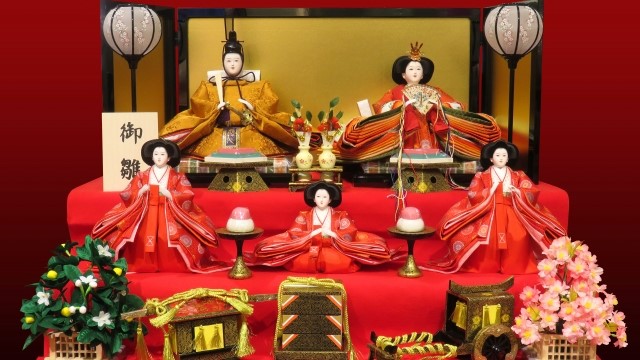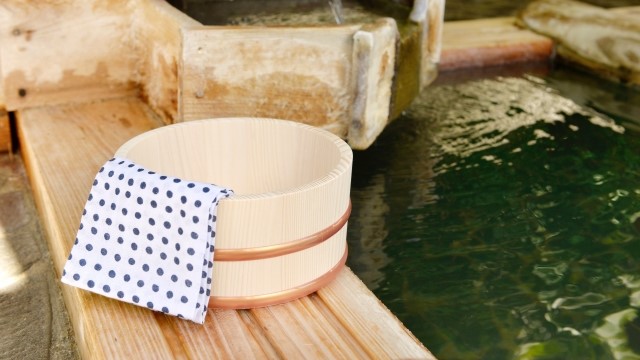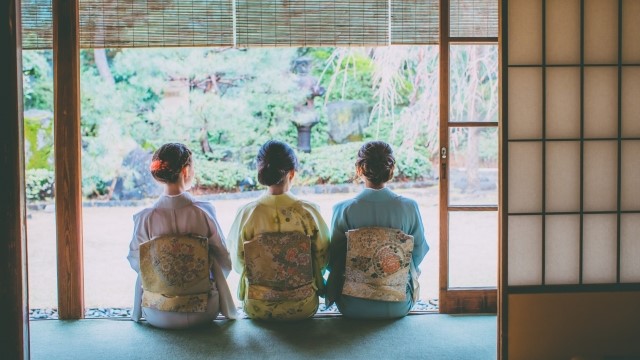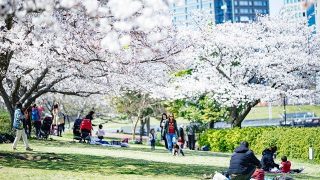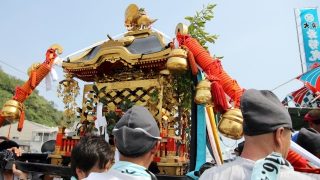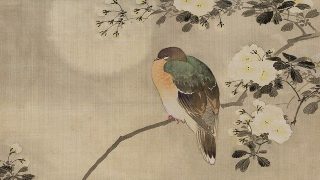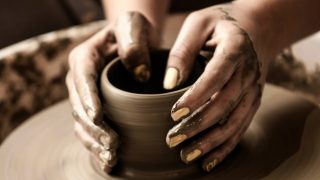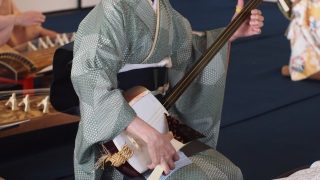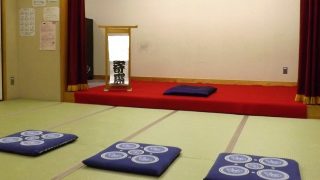About Hinamatsuri
Hinamatsuri is celebrated on March 3rd.
Hinamatsuri is also known as “Doll’s Festival,” a popular event to decorate Hina dolls and pray for young girl’s growth and happiness.
For a long time in Japan, there has been a custom of purification by touching a doll to transfer the bad luck of a person to the doll and then to drain it into the river.
In the Edo period, the Hinamatsuri was formed by the combination of purification and “Hiina Asobi,” a play for aristocratic children.
Since the mid-Edo period, the Hinamatsuri (Doll’s Festival) has been popular among ordinary people as an annual girl’s festival.
Recently, there have been many homes decorated only the Emperor(dairy-sama) and the Empress(china-sama), but in the seven-stage Hina dolls, in addition to three court ladies and five musicians, there are drawers, mirror stand, tea ceremony utensils and so on.
It is said that Hinamatsuri (Doll’s Festival) imitated the wedding in the Imperial Palace.
Furniture is a wedding tool.
For reference, “Tango no sekku” on May 5th is also known as Children’s Day, a festival to pray for the healthy growth and happiness of boys.
How long is Hinamatsuri display from when to when?
When do you start decorating Hina dolls?
Hina dolls are decorated to transfer the bad luck of girls to the dolls and then drain it into the river.
It is decorated not only on March 3rd but also for a long time because it means purification.
It is said that the best time to start decorating is around mid-February.
How long will you decorate Hina dolls?
It is generally said that the Hina dolls must be cleared up early after March 3rd, but there are many places where the dolls are displayed throughout March.
The roots of the Hina dolls festival are originally said to be March 3rd of the lunar calendar. It is early April in the current calendar. Therefore, some dolls are displayed until the end of March or early April, depending on the area.
Hinamatsuri event food
During the festival, we eat traditional dishes like Kusa-mochi, Chirashi-sushi, clam soup, sweet white Japanese sake(Shirozake), and sweet rice crackers (Hina-arare) for the Doll’s Festival.
Kusa-mochi (grass rice cake)
It is said that Mugwort (Yomogi) gets rid of bad energy.
Kusa-mochi is a gift of the Hina Matsuri.
It is said that Kusa-mochi were made from Kogyo, one of the seven herbs in spring, in the Heian period.

Chirashi-sushi
The colorful ingredients are scattered on top of the vinegared rice.
Chirashi sushi, which uses a lot of colorful and auspicious ingredients, has become indispensable for celebration.
Hina-arare
Hina-arare are bite-sized sweet rice crackers whose colors are pink, green, yellow, white, and so on.

Hinamatsuri Origami workshop
We experienced an origami workshop for folding Hina dolls held in Asakusa.
(The workshop has already finished for a limited time workshop.)
In this workshop, we folded the Hina doll(Hina-ningyo). the Emperor(odairi-sama) and the Empress(ohina-sama).
I folded origami after a long time, so it wasn’t easy to fold at first.
But as I folded the origami, I could fold it while reminiscing about the old days.
The critical point is to fold correctly at the corners.
Here, it’s done.



